For many American families, Christmas isn’t Christmas without a tree decorated with lights, ornaments, tinsel – and an electric train circling merrily beneath.
No one knows precisely when the train custom started, but it has been a part of Christmas in the U.S. since the early 1900s, rooted in nostalgia and passed down from one generation to the next.
“Railroads were part of the American consciousness at the time,” says Hal Miller, editor of Classic Toy Trains. “If you wanted to travel long distances, if you wanted to go anywhere, you did it by train.”
But children had special reason to love trains.

“Trains brought everything from visiting relatives to all the goods in town,” says Tony Cook, editor of Model Railroad News. “The train under the tree maybe signals the path by which the Christmas gifts arrived.”
The train under the tree maybe signals the path by which the Christmas gifts arrived.”
The popularity of Christmas trains has varied over the years but continues to endure and evolve. Train setups range from a simple loop of track on a snowy white bedsheet to handcrafted villages with painstakingly detailed churches, railroad stations, water towers and other features.
How it started: European Christmas villages and Lionel trains
The ritual of miniature villages and nativity scenes beneath Christmas trees came to the U.S. with European immigrants in the 1800s. Christmas villages were popular in Germany and what is now the eastern part of the Czech Republic.
Retail entrepreneur F.W. Woolworth began importing miniature villages from Europe and selling them in his U.S. dime stores in the 1890s.
At that time, “toy trains were simple wood or metal creations that did not necessarily include track,” Cook says. “The common power source was a child pushing a toy train or pulling it on a tether.”
An inventor named Joshua Lionel Cowen started Lionel in 1900 and came up with a battery-powered “Electric Express” gondola that ran on metal tracks.
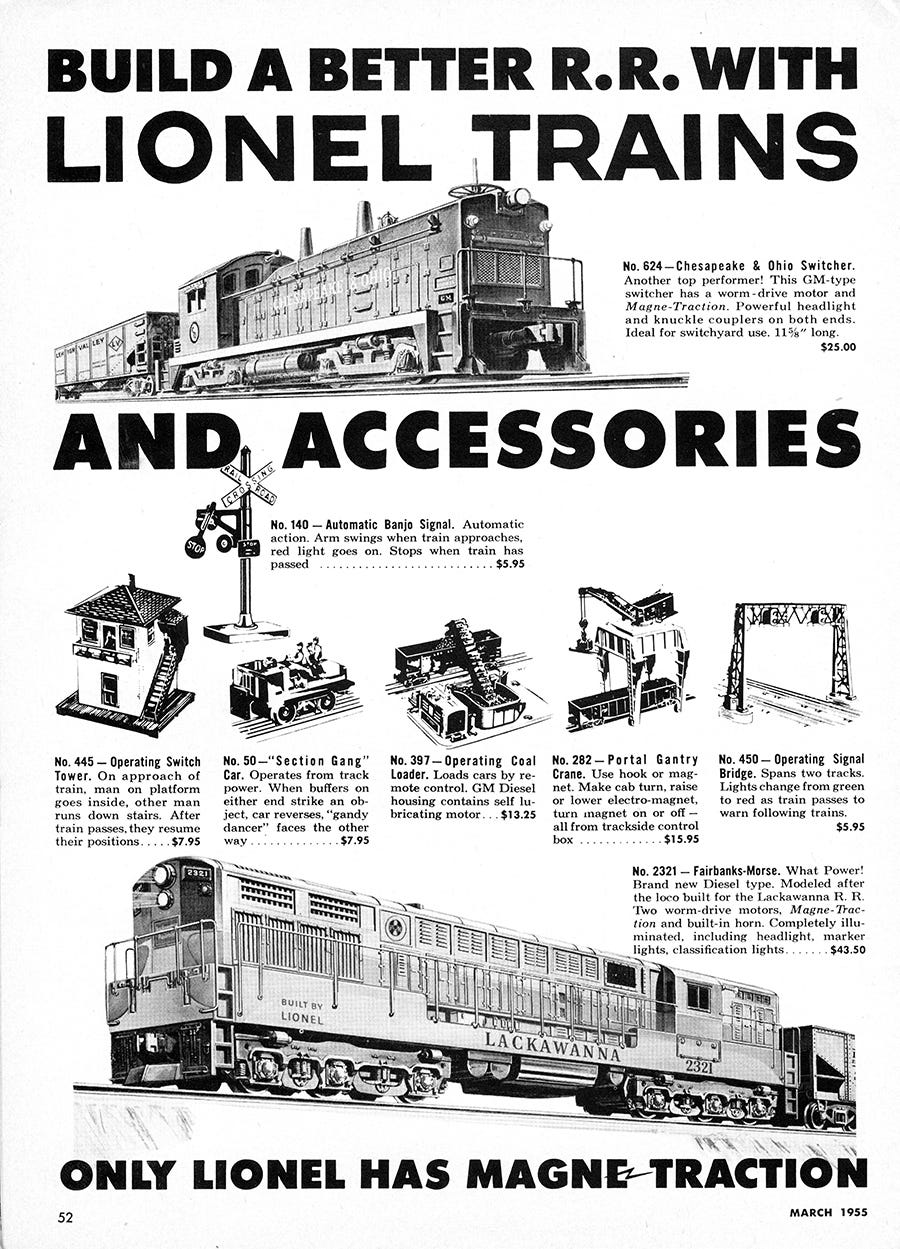
Cowen intended his motorized gondolas to draw attention to merchandise displays in store windows. Instead, customers began buying them as toys and "they became popular almost immediately,” Miller says.
Model trains are a large part of the overall hobby industry, and Lionel remains best known for its enduring line of trains. Other model train manufacturers:
- Athearn
- Atlas
- Bachmann
- Kato
- Hornsby
- Rapido
- Walthers
- Williams

Lionel reached its peak in the 1950s and became the largest toymaker in the world in 1953. Sales eventually declined, and the company changed owners in later decades, but it’s still making popular model trains today.
What connects trains and Christmas?
“There’s something exciting about trains that transcends cultures,” says Otto Vondrak, editor of Railroad Model Craftsman.
“There’s the power of nostalgia and a simpler time. Instead of busy airports and unpredictable delivery services, we had cozy and luxurious steam trains and brown parcels delivered by Railway Express,” Vondrak says.
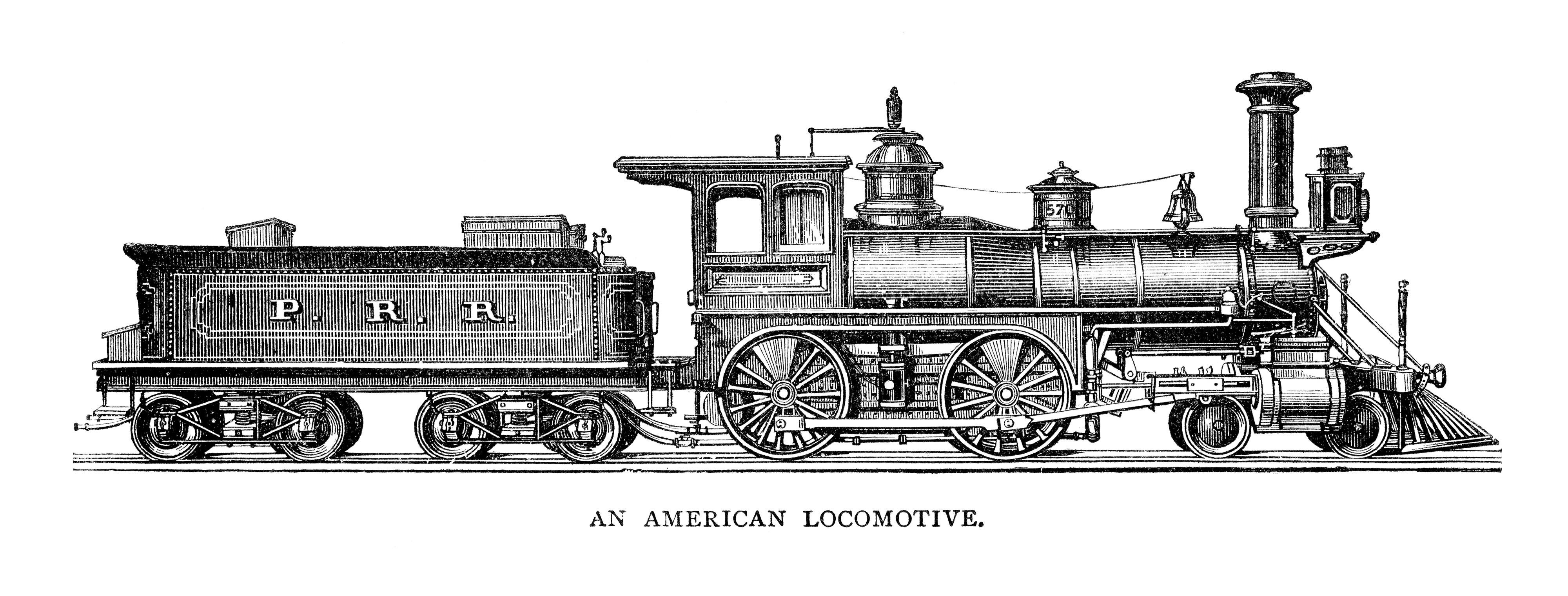
Train sets could also be expanded at Christmastime with accessories and buildings. Lionel and other companies “were stamping objects out of metal, and they were making stations and crossing signs and things like that. Plus, you could add on more track,” Miller says.
There’s something exciting about trains that transcends cultures.”
Train sets “can get more elaborate as time goes on,” Miller says.
“People find little things over the year and they say, ‘I can save this for the Christmas layout.’ It’s like your Christmas tree when you add new ornaments. In that way, trains always got tied to the holiday.”

Model train manufacturers took early notice. “Once Lionel and other companies saw the trend, they began building their years around it,” Miller says. They started releasing new products in the fall to be ready for the Christmas season.
“Companies also seized on it with advertising,” Miller says. “It became sort of a self-fulfilling thing. Advertising promoted trains at Christmas, and momentum built from there.”
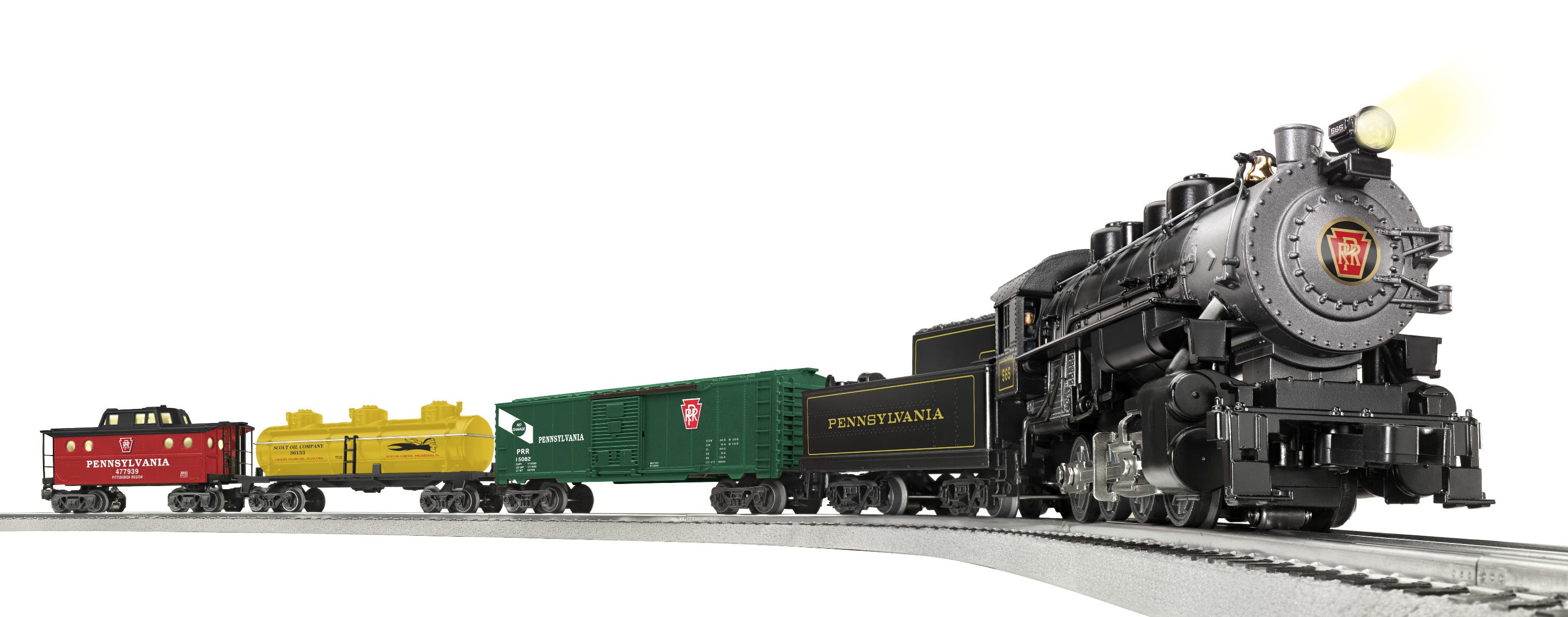
Why do model trains at Christmas endure?
Interest in model trains has varied over decades, even during Christmas. Since the 1950s, television, slot cars, plastic models and other diversions have diluted the attraction of model trains.
But though model trains “have probably slid in popularity, they’ve never gone out of style,” Miller says. While annual national sales figures for trains aren't available, Miller estimates them at $300 million to $500 million a year.
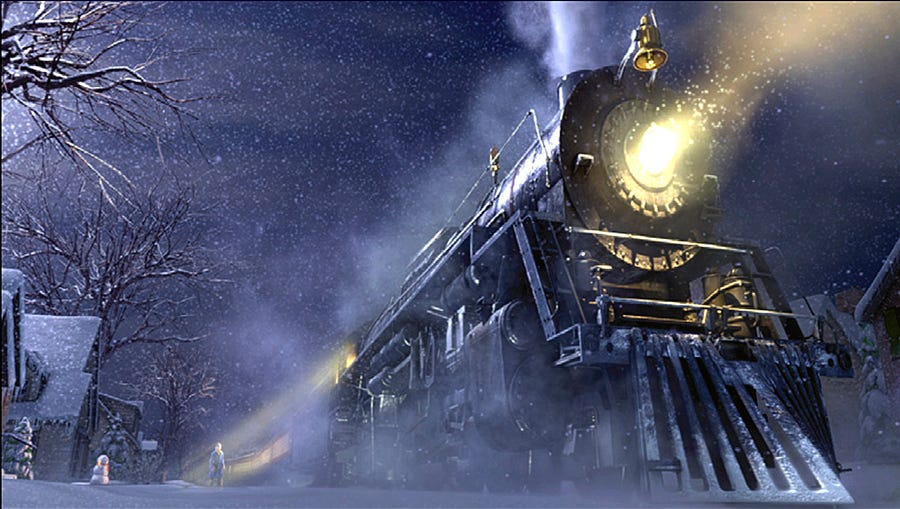
“You still have tons of people across the country and in Canada who have a train set, and they’re going to set it up around the tree,” he says. “They’re still very popular.”
Movies have also rekindled public interest in trains over the years. They include:
- “Polar Express,” the 2004 movie about a boy who rides a magic train to the North Pole on Christmas Eve.
- The Hogwarts Express train from the eight “Harry Potter” movies, 2001-2011.
- “The Little Engine That Could,” the 2011 children’s movie about a locomotive that overcomes adversity.
Scales, gauges show sizes of model trains
In the early years, the size of a model train and its tracks depended on the manufacturer. Companies eventually adopted standards. Model trains are measured using:
- Scale, which tells you the ratio of your model train compared with a real one. An O scale model train is 1:48, so 1 inch on the model equals 48 inches on a real train.
- Gauge, which indicates the length between the train track rails. The gauge of an O scale train is 1.25 inches or 1¼ inches.
The most popular train sizes are O scale and HO scale – HO stands for “half-O”. Lionel specializes in O scale trains. A variety of manufacturers make HO trains.
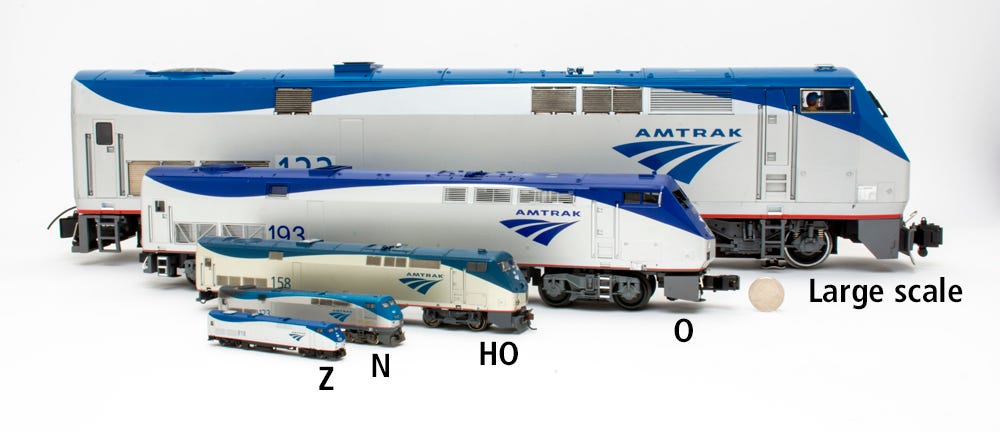
While gauge distinctions may not look like much, overall sizes of model trains are quite different.
Early trains were wind-up models or battery-powered. Today, household electricity powers most trains, connected through transformers to train tracks. Locomotives pick up electricity from the tracks and use a small motor to pull cars.
Want to do your own Christmas train?
Dozens of modern train sets are available in different sizes, prices and decor. Measure the space for your train display and Christmas tree and proceed from there. Smaller-scale trains are sometimes better for small spaces.
If you already have a train you haven’t used in a while, “get it out and dust it off,” Miller says.
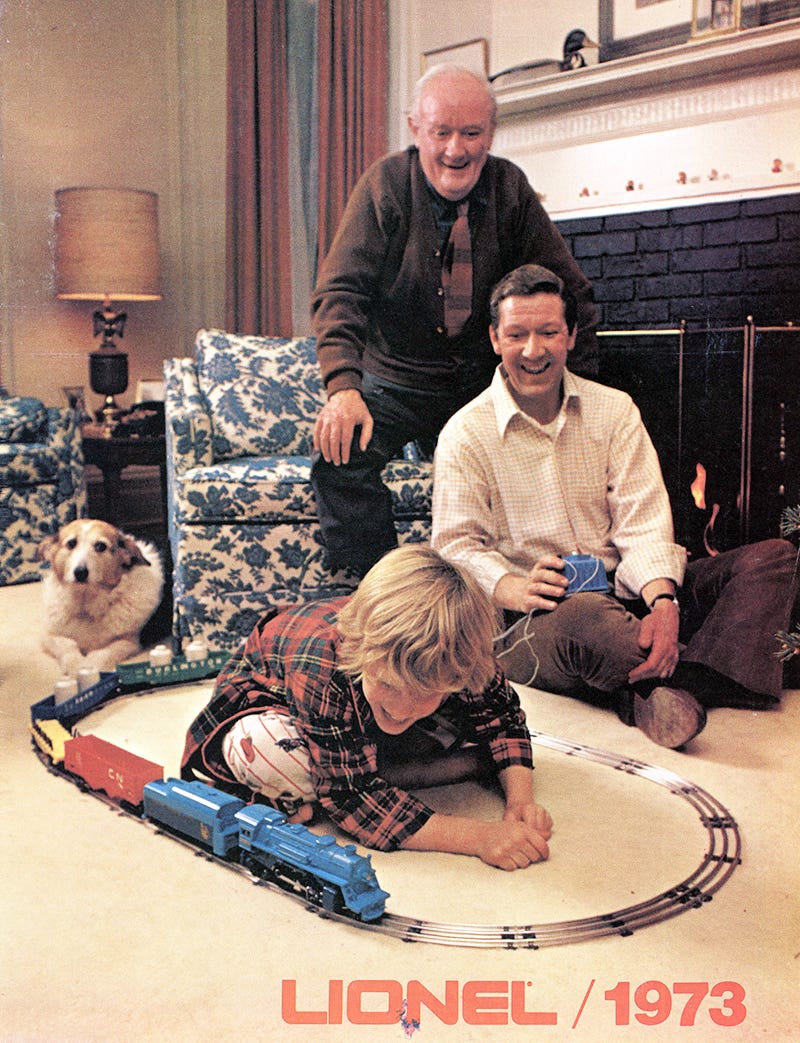
“In most cases, you can pull that stuff out after years of not doing anything with it,” he says. “With very little effort, you can get them running again.”
Modern trains are great, Miller says, but older trains “were very well built, even into the 1970s. They will almost always run. Put them on the track and run them, but also see what else is out there if you want to expand. Your imagination is the only limit.”
Smaller-scale trains are easier to work with in limited spaces but can be more fragile than larger ones, especially if you have young children.
Christmas tradition can lead to lifelong passion
Vondrak estimates at least 350,000 model railroad hobbyists live in North America, ages 9 to 90. Trains at Christmas no doubt inspired many of them.
“Setting up a train around the tree is the spark for someone to take those trains off the carpet and start building a model railroad,” Vondrak says. “I got my start in the hobby from a gift of a train set when I was 5 years old. My interest just snowballed from there.”
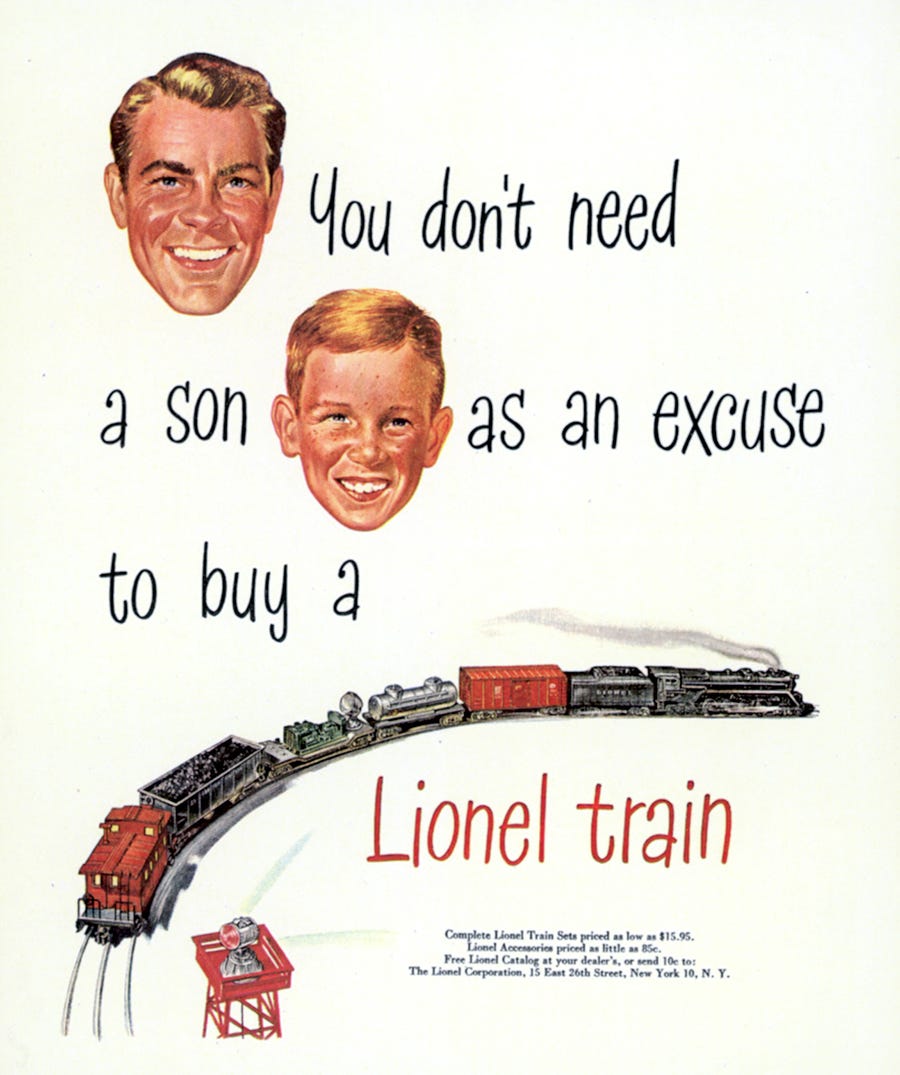
It often starts with “My dad gave me a Lionel train, which we put under the tree,” says Eric White, editor of Model Railroader.
It continues with: “I got older and I bought scale trains. Then I got interested in girls, had a family, and the kids moved out.
“Then I took over the basement to build the railroad empire I’d always dreamed of,” White says.
To learn more, join a model railroad club
“Clubs are a great way to get involved, especially if you don’t have room or the means to build a railroad of your own,” Vondrak says. “Your local hobby shop can guide you to what you’ll need to build great models for your model railroad.”
While model trains are high-profile at Christmastime, “the hobby itself is always growing and adopting new technology,” Vondrak says. The innovations include:
- 3D printing
- Laser cutters
- Computer-aided drafting
- Networked digital command to run multiple trains on the same track
Model railroad magazines, social media and the internet can help you connect, do research and share resources.
“You hear myths that the hobby is dying out, and that’s simply not true,” Vondrak says. “While the majority may appear to be graying, there’s always new blood coming in behind us.”
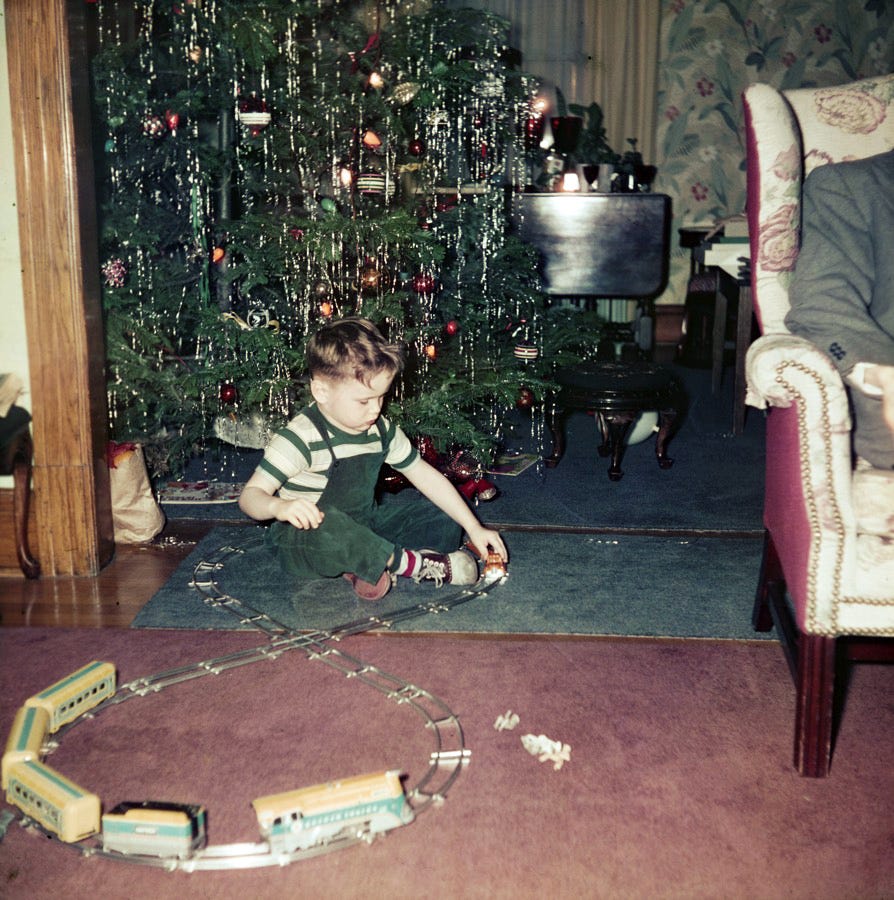
__________
NOTE Family Christmas photos from "Christmas and Electric Trains" published by Classic Toy Trains Magazine in 2018
SOURCE USA TODAY Network reporting and research; Associated Press; modelrailwayengineer.com; lionel.com; National Railroad Hall of Fame; Train Collectors Association; glencairnmuseum.org